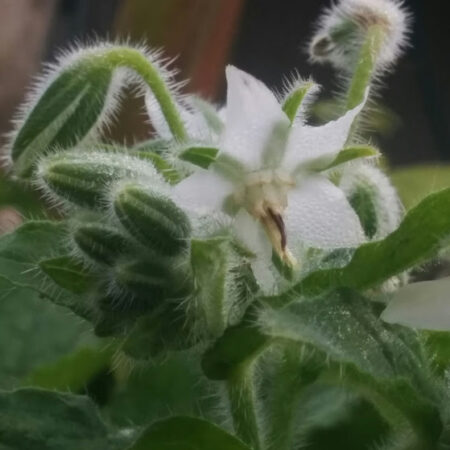Description
Leaves, roots and seeds are edible. The grated young root is often made into the condiment called “Horseradish sauce”.
The hot mustard-like flavour of the freshly grated root dimishes with cooking. Young leaves can be eaten raw or cooked and has a similar pungency and flavour to the root. Seeds can be sprouted and eaten in salads
Among many medicinal actions, horseradish is antibacterial, antiseptic, expectorant and stimulant.
Can be used internally and externally for bacterial infections. An infusion can be beneficial to treat colds, fevers and flu . A traditional remedy for hayfever is a sandwich eaten with freshly grated root. It is being investigated as an antitumor substance. Poultices made from the roots soothes rheumatic pains and helps to heal wounds. * May ccause blistering.
Horseradish tea is noted to be effective against brown rot of apples and other fungicidal diseases. It is a companion plant that can repel potato eelworm.






